11 February 2025
Backpacking is an exhilarating way to explore far-off destinations, trek through nature, or even discover hidden gems in your own backyard. But whether you're a seasoned traveler or a rookie looking to hit the trails, one thing remains a challenge: how to pack light without losing comfort. That's where minimalist backpacking comes in. It's about being smart with your packing choices while still ensuring you have everything you need to enjoy your adventure.
In this guide, we’ll dive deep into the art of minimalist backpacking, exploring how you can pack light without sacrificing comfort. Keep reading to find out how you can travel smarter, lighter, and still be fully prepared for anything the road (or trail) throws at you.
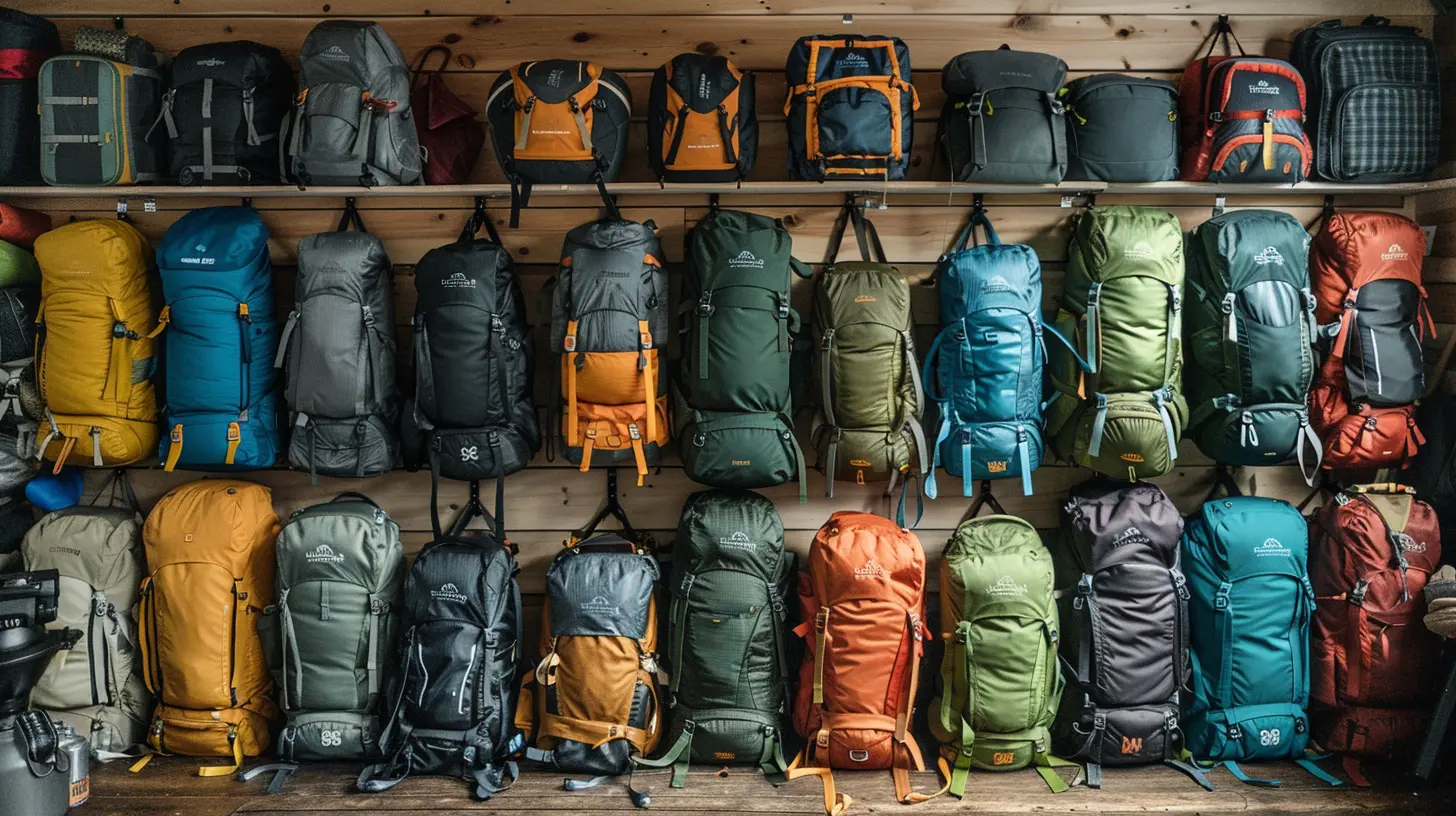
Why Minimalist Backpacking?
First things first—why embrace minimalism in your backpacking journey? It’s simple. Carrying less allows you to move faster, reduce physical strain, and focus on the experience. When you're bogged down with too much stuff, it can feel like you're dragging a ball and chain wherever you go. Minimalist packing encourages you to strip down to the essentials—freeing both your body and your mind.And don’t worry, minimalist does NOT mean uncomfortable. In fact, with the right gear and packing strategy, you’ll wonder how you ever traveled with so much stuff in the past.
The Benefits of Packing Light
- More Mobility: Imagine being able to walk for miles without feeling like you’re lugging around a ton of bricks.- Less Stress: No more worrying about forgetting or losing track of items.
- Environmental Impact: Less weight means less fuel consumption if you're traveling by plane, bus, or train.
- Economical: Chances are, you’ll save money by avoiding extra baggage fees and purchasing unnecessary items.
Packing light might take some practice, but once you nail it, you'll never want to go back to an overstuffed backpack again.
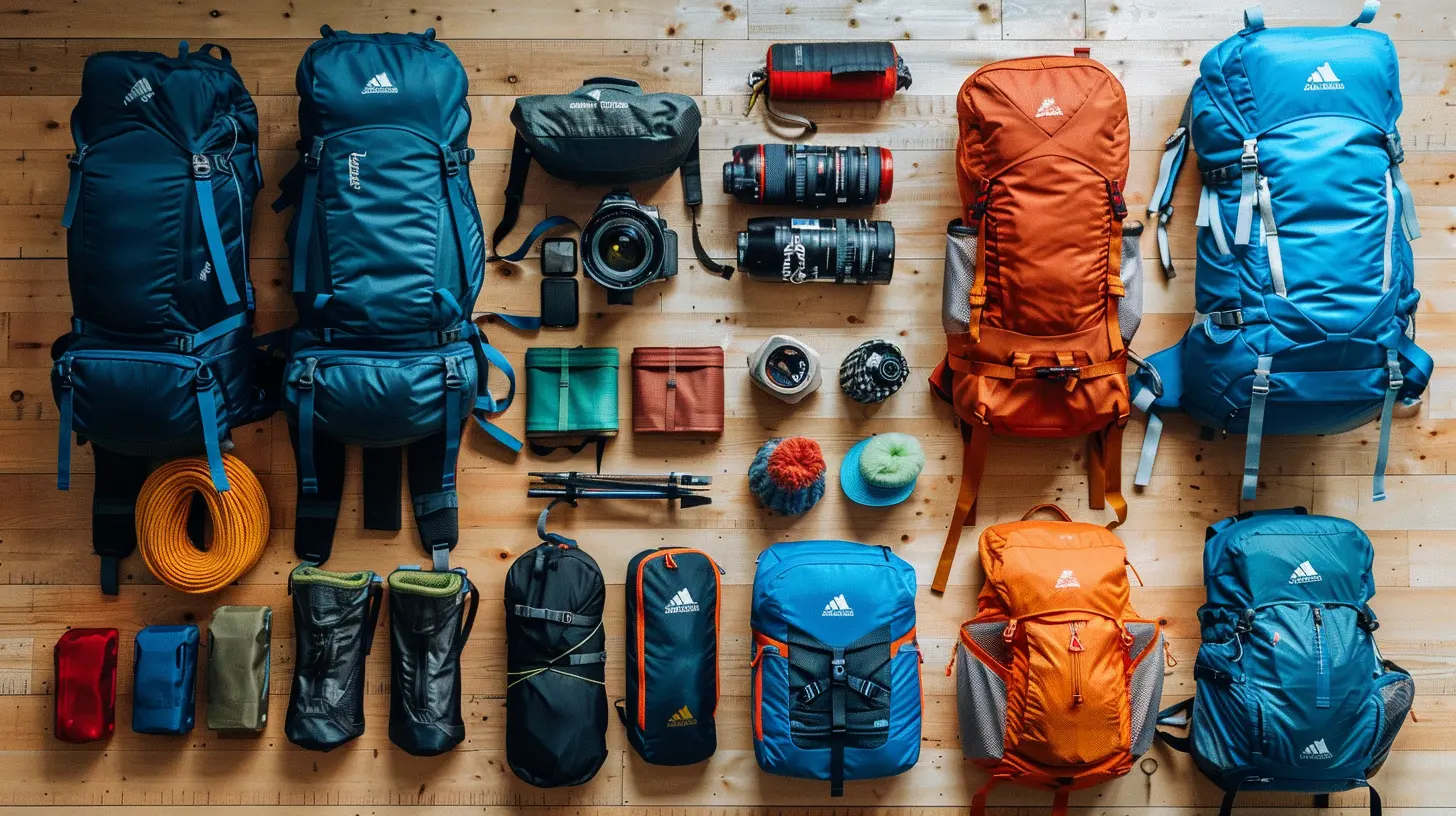
Step 1: Choosing the Right Backpack
Let’s start with the most important piece of equipment: your backpack.Size Matters
Minimalist backpacking means saying goodbye to the 70-liter behemoth packs. Instead, opt for something between 30 to 45 liters. This forces you to be selective about what you bring while still offering enough space for necessities.Make sure your backpack has:
- Multiple Compartments for organization.
- Comfortable Straps to avoid shoulder pain after a long day of hiking.
- Lightweight Material that won’t add unnecessary weight.
Look for backpacks that balance durability and weight. After all, you don’t want to sacrifice comfort or quality in the name of minimalism. It’s about balance.
Fit Is Key
Choosing the right fit is just as crucial as choosing the right size. A poorly fitting backpack can be a nightmare, causing back, shoulder, and neck pain. Visit a store (if possible) to try different packs, paying attention to how they distribute the weight. A properly fitted backpack should feel like an extension of your body, not like you’re carrying a sack of rocks.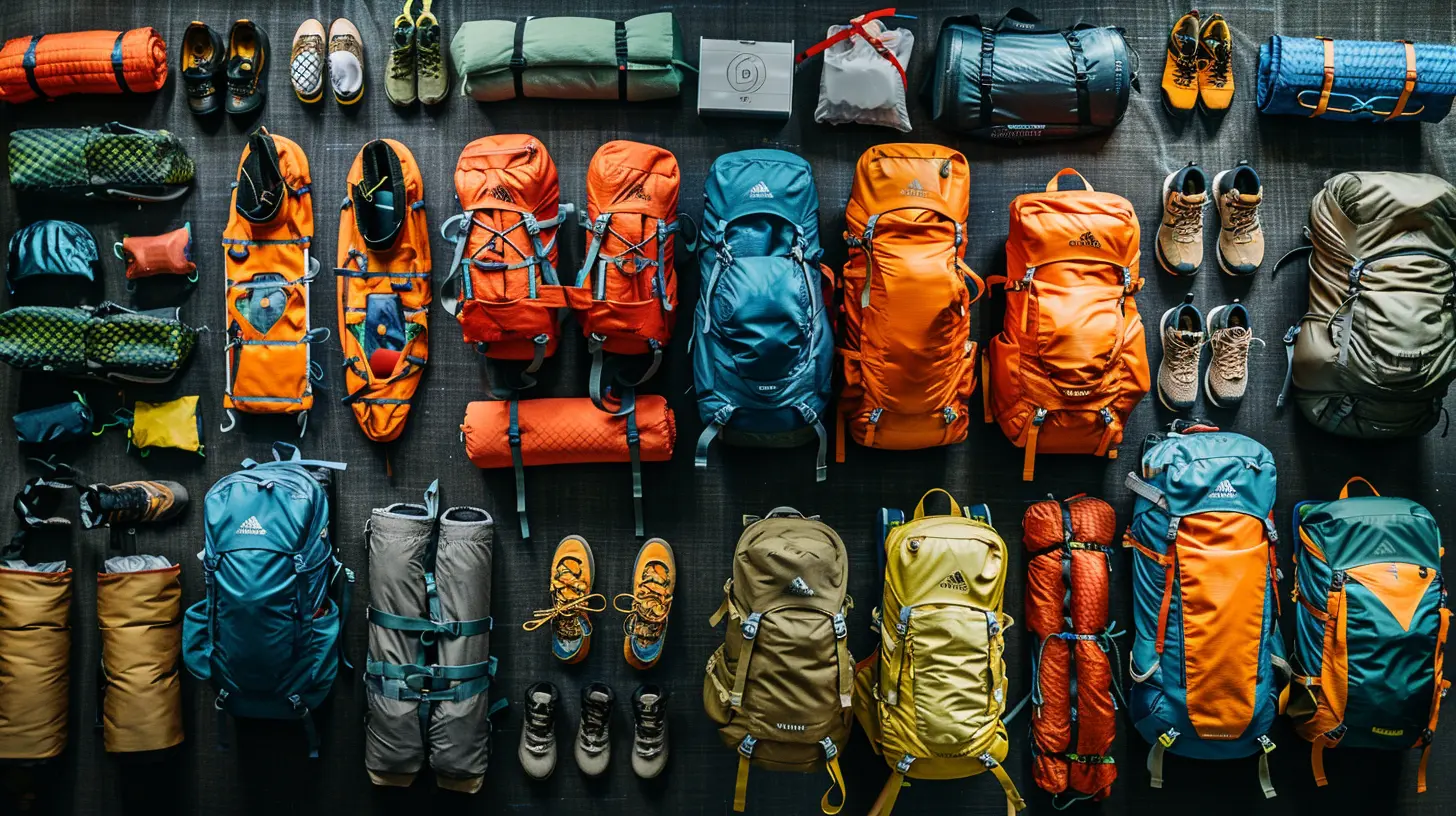
Step 2: Capsule Wardrobe for Backpacking
Heard of a capsule wardrobe? It’s a simple concept that works wonders for minimalist backpackers. The idea is to bring only versatile clothing that you can mix and match easily. Every clothing item you pack should serve multiple purposes.Clothing Tips for Minimalist Backpackers
- Stick to the Rule of Threes: Bring three tops, three bottoms, and three pairs of socks and underwear. While one set is being worn, another can be washed, and a third can be drying.- Prioritize Layering: Instead of packing bulky items like a heavy coat, pack lighter layers that can be combined for warmth. A base layer, mid-layer, and windproof jacket can go a long way without taking up too much space.
- Quick-drying Fabrics: Cotton is comfortable, but it takes forever to dry. Opt for merino wool, which is moisture-wicking and odor-resistant, or synthetic blends that dry quickly and are lightweight.
- Convertible Clothing: A pair of pants that converts into shorts? Yes, please. Clothing that serves dual purposes is a minimalist backpacker's dream.
By focusing on versatility and functionality, you can pack fewer items without feeling like you’re going without.
Footwear: What to Pack?
Shoes can be bulky, and the last thing you want is to pack three different pairs. So, what’s the minimalist approach? One pair of versatile hiking shoes (lightweight, breathable, and sturdy) and maybe some light sandals for relaxing at camp or walking around town.Pro Packing Tip: Roll, Don’t Fold
Rolling your clothes instead of folding them saves space and decreases wrinkles. It’s a tried-and-true method that many seasoned travelers swear by. The space you save can be used for other essentials—or to keep your pack light and free.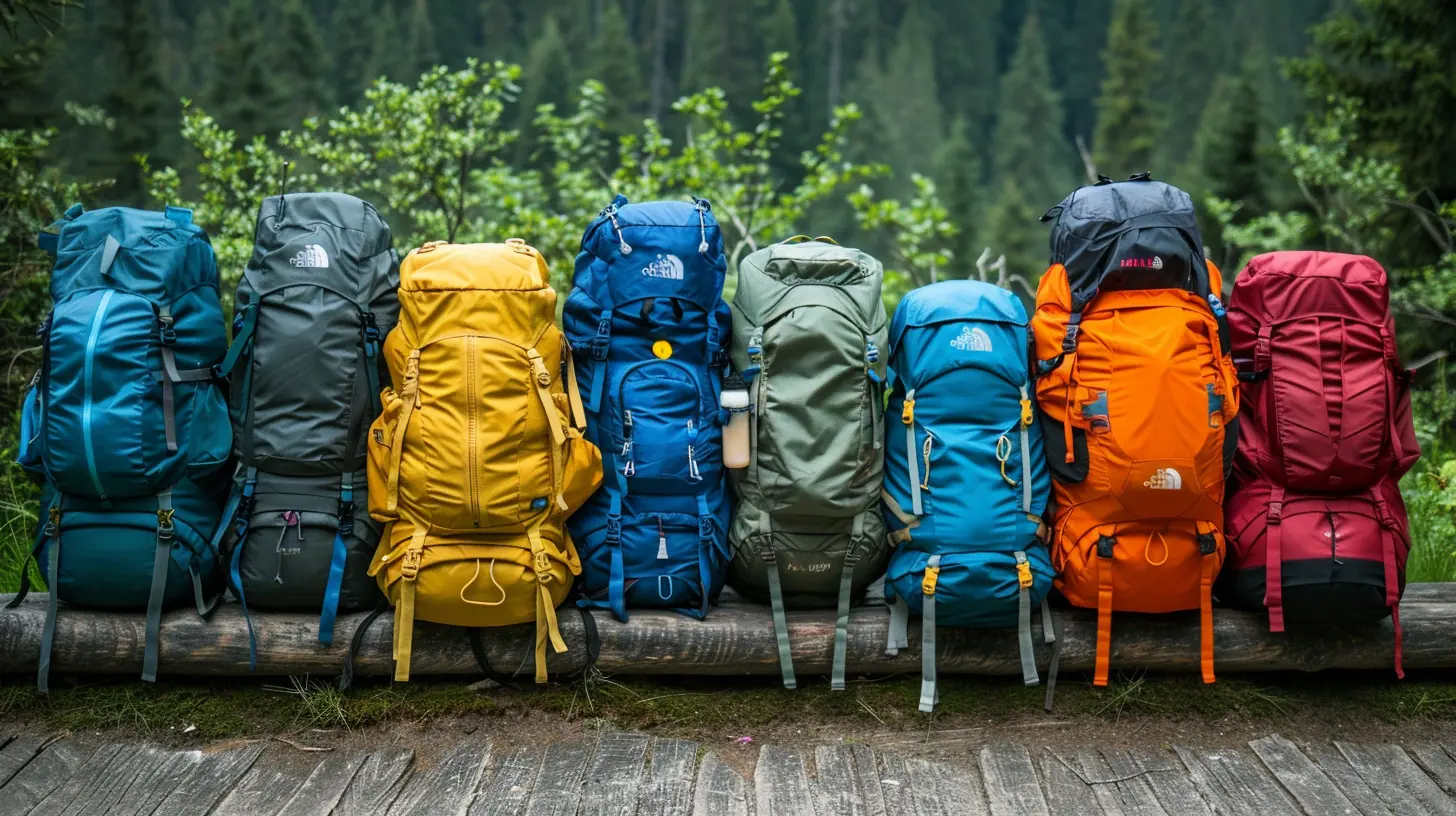
Step 3: Gear Essentials for Minimalists
Minimalist doesn't mean skipping out on essentials—it means selecting smart, multipurpose gear that can handle a variety of tasks.Shelter: Lightweight Tents vs. Hammocks
Your choice of shelter will depend on your style of travel. Are you heading deep into the woods? Opt for a lightweight tent, usually under 4 pounds. There are plenty of options that pack down small, yet provide ample room and protection from the elements.Or, if you're traveling in a warm climate and love the idea of sleeping under the stars, consider a hammock. Many modern hammocks come with mosquito netting and rain tarps, making them a viable option if you're looking to shave off a few pounds from your pack.
Sleeping Bag or Quilt?
A traditional sleeping bag can be bulky. Instead, you might want to check out backpacking quilts, which are lighter and take up less space. They’re designed to be cinched up over your body, unlike sleeping bags that often trap air inside. You stay just as warm—and you save space in your backpack.Cooking Gear: Keep It Simple
Think about efficiency when choosing cooking gear. A small stove and single pot are usually enough. Many people go with the Jetboil system or a similar lightweight gas stove, which allows you to warm up food or boil water in a flash. If you're really looking to cut down on weight, some minimalists rely on cold meals or no-cook options (think energy bars or dried fruit).Water: Filtration over Bottles
Carrying enough water can weigh you down, so pack a compact water filtration system. Options like the Sawyer Mini or LifeStraw are lightweight and effective. With these, you won’t need to lug around multiple water bottles—just purify as you go.Step 4: Hygiene and Personal Care
This category is often where people go overboard. Remember, you don’t need full-size bottles of shampoo or toothpaste. Just bring what’s necessary.- Sunscreen and insect repellent are must-haves.
- Solid toiletries (like bars of soap and shampoo) cut down on space.
- Microfiber towels are lightweight, quick-drying, and super absorbent.
- A small first aid kit should cover basic medical needs. Stick to essential items like band-aids, antiseptic wipes, and pain relievers.
You’ll be surprised at how little you need while still maintaining a hygienic (and fresh-smelling) lifestyle on the trail.
Step 5: Technology and Entertainment
These days, it’s tempting to bring electronic gadgets with you, but minimalist backpacking requires discipline here as well. If you can, limit yourself to:- Smartphone: Serves as a camera, GPS, and entertainment center all in one.
- Backup Power Bank: To keep your device charged during your journey.
- A lightweight e-reader if you really can’t travel without your books.
Pro tip: Download offline maps and essential travel apps before you hit areas with no cell service.
Step 6: Mindful Packing and Final Checklist
Now that you’ve got an idea of what gear and clothing you’ll need, it’s time to pack it all up. Here’s a final checklist to keep in mind as you prepare for your trip.Minimalist Backpacking Checklist:
1. Backpack (30-45 liters)2. Clothing
- 3 shirts
- 3 bottoms
- 3 pairs of socks and underwear
- Lightweight jacket
- Layers for cooler weather
- Multipurpose footwear
3. Shelter (tent or hammock)
4. Sleeping system (sleeping bag or quilt)
5. Cooking gear (stove, single pot, spork)
6. Water filtration system
7. Toiletries (solid soap, toothpaste, microfiber towel)
8. First aid kit
9. Tech gear (phone, power bank)
10. Snacks and lightweight food
Always remember, the idea is to prioritize multipurpose gear. If something isn’t absolutely essential or doesn’t serve multiple purposes, it's probably better left at home.
Parting Thoughts on Minimalist Backpacking
Minimalist backpacking is more than just a packing strategy—it’s a mindset shift. It’s about reassessing your needs and asking, "What do I really need to enjoy my journey?" By embracing a minimalist approach, you’re not sacrificing comfort; you’re simply optimizing it.With the proper planning, the right gear, and a focus on versatility, you can enjoy the freedom that comes with carrying less. Plus, when your load is light, your mind becomes free too—leaving you to fully immerse yourself in your adventure.

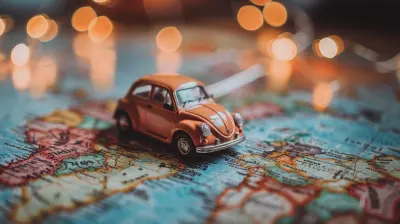
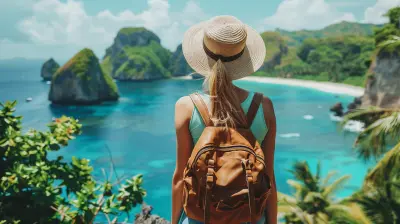
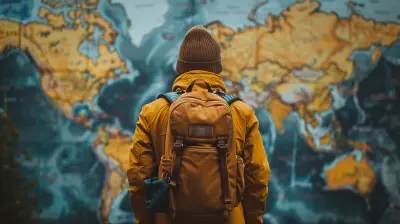

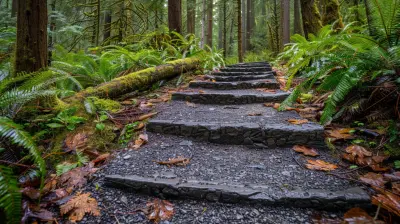

Allegra Frye
Embracing minimalist backpacking enhances travel experiences by prioritizing essentials. With careful planning and smart packing, you can enjoy comfort and convenience without the burden of excess baggage.
March 30, 2025 at 3:44 AM